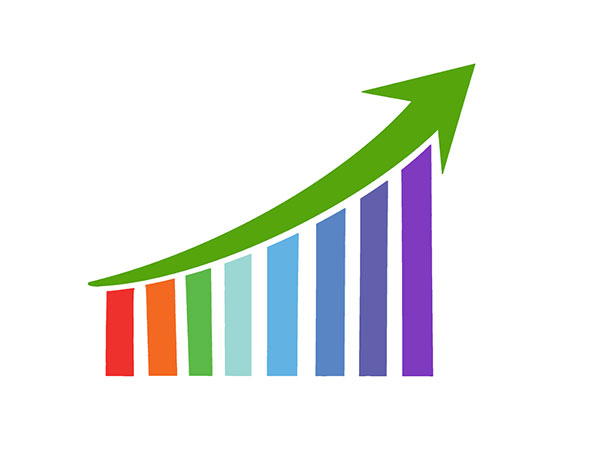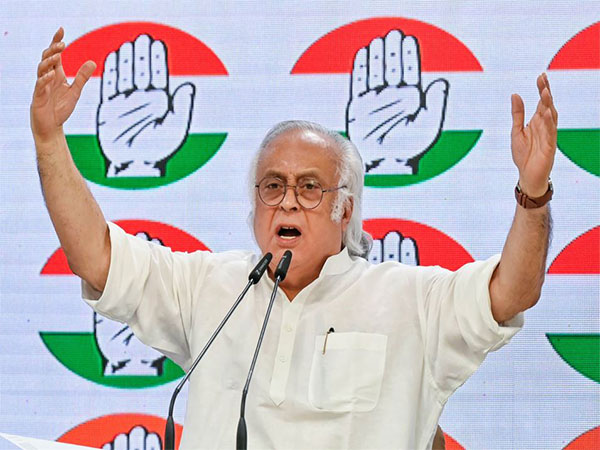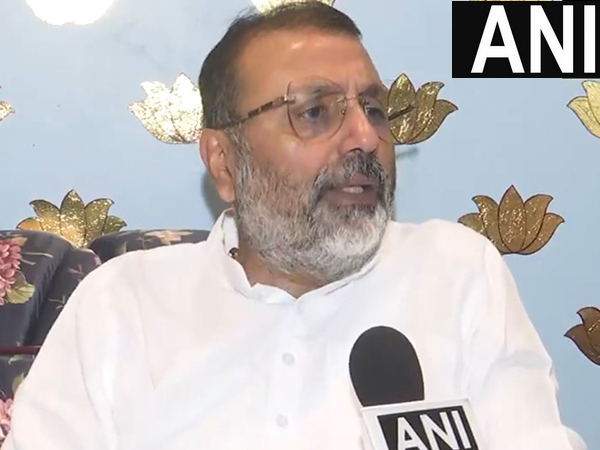New Delhi [India], July 2 (ANI): India has made a promising start to the financial year 2025-26 (FY26), as both fiscal consolidation and capital expenditure (capex) are moving forward together, according to a report by Union Bank of India.
The report highlighted that the fiscal deficit for April-May FY26 stood at just Rs 0.13 lakh crore, which is only 0.8 per cent of the Budget Estimates (BE).
This is a major improvement compared to the same period last year, when the fiscal deficit was Rs 0.51 lakh crore or 3.2 per cent of the Revised Estimates (RE).
The better fiscal position has been supported by a strong rise in revenue receipts, especially a record dividend of Rs 2.69 lakh crore from the Reserve Bank of India (RBI).
It stated, “Overall, the financial year has taken off on a promising note from the perspective of the government’s contribution to growth dynamics”.
The report also mentioned that the revenue receipts in April-May FY26 rose by 24 per cent year-on-year. Tax revenues increased by 10 per cent, while non-tax revenues jumped by 41.8 per cent.
Meanwhile, the government continued its focus on capital spending to support economic growth. Capex in April-May FY26 increased by 54 per cent year-on-year to Rs 2.21 lakh crore, compared to Rs 1.44 lakh crore in the same period last year.
This represents 19.7 per cent of the total capex budgeted for the year at Rs 11.21 lakh crore, showing that the government is frontloading spending to stimulate demand.
To fund the fiscal deficit, the government used a mix of market borrowings and small savings. Market borrowings were Rs 0.98 lakh crore (9 per cent of BE) and small savings contributed Rs 0.63 lakh crore (18 per cent of BE).
In addition, the government’s cash balance stood strong at Rs 3.27 lakh crore as of May 2025, giving it flexibility to support further expenditure.
The report noted that the big RBI dividend has opened up additional policy space for capex by around Rs 60,000 crore or 0.15 per cent of GDP. While there is a chance that slower GDP growth due to lower inflation could affect fiscal targets,
It added that the government remains committed to reducing the fiscal deficit to 4.4 per cent of GDP in FY26, it may be lowered it further down to around 4.2-4.3 per cent.
Overall, the data for April and May shows that the government is maintaining a balance between fiscal discipline and growth-supportive spending. (ANI)
Disclaimer: This story is auto-generated from a syndicated feed of ANI; only the image & headline may have been reworked by News Services Division of World News Network Inc Ltd and Palghar News and Pune News and World News
HINDI, MARATHI, GUJARATI, TAMIL, TELUGU, BENGALI, KANNADA, ORIYA, PUNJABI, URDU, MALAYALAM
For more details and packages
















